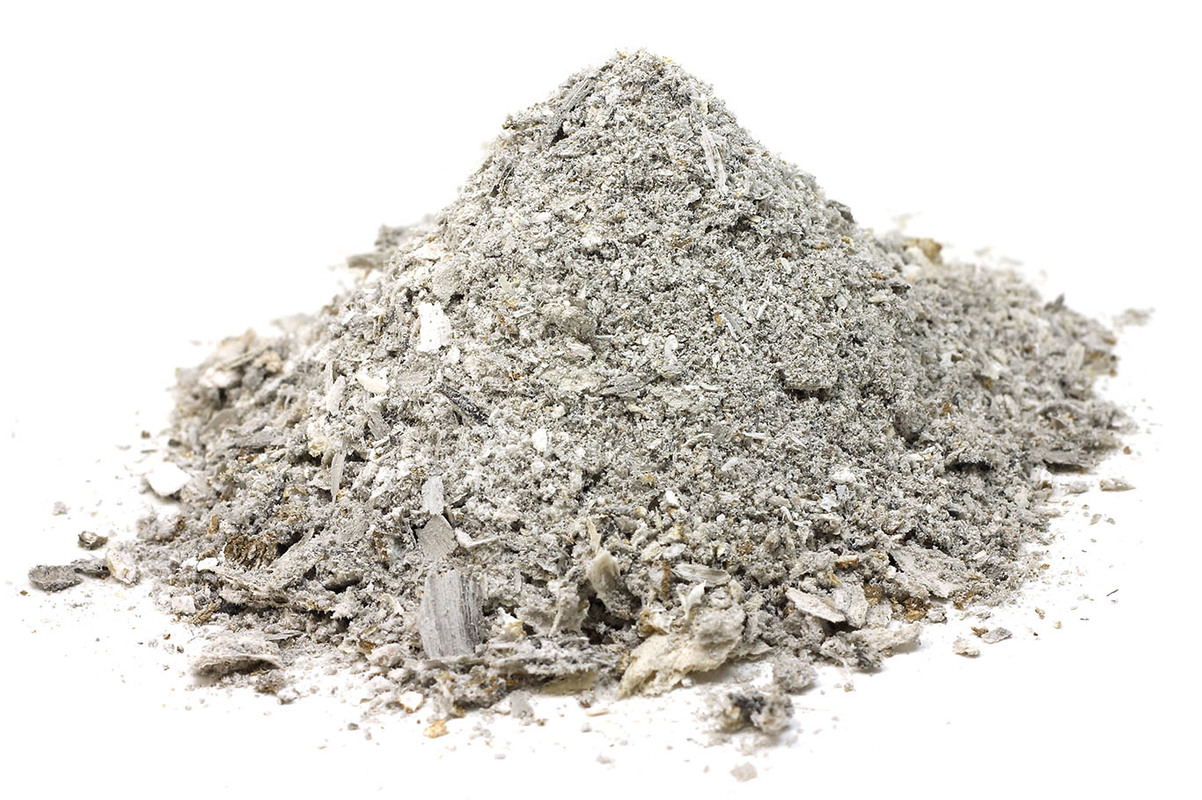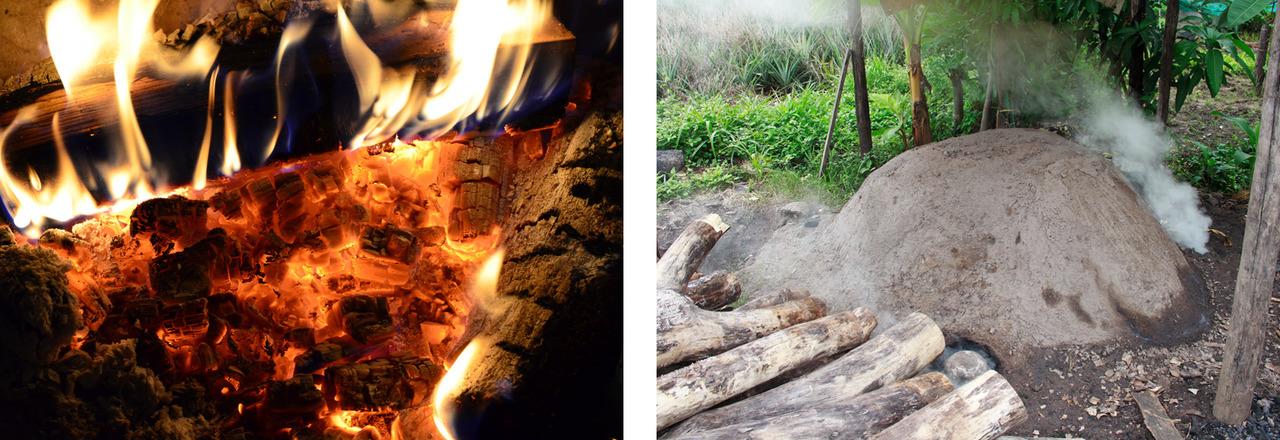36. Combustion
What is combustion?
 A chemical reaction can produce heat. Combustion is a type of heat-producing chemical reaction. The wax of a candle is a fuel that contains large amounts of carbon. When the candle burns, or combusts, its carbon reacts with the oxygen in the air around it. As a result, the oxygen and carbon dioxide are joined together into carbon dioxide (pictured on the right).
A chemical reaction can produce heat. Combustion is a type of heat-producing chemical reaction. The wax of a candle is a fuel that contains large amounts of carbon. When the candle burns, or combusts, its carbon reacts with the oxygen in the air around it. As a result, the oxygen and carbon dioxide are joined together into carbon dioxide (pictured on the right).
The material that constituted the candle does not disappear during combustion. Instead, it takes a new form. Substances never disappear, but they can take new forms. This is how the elements continue their endless cycle on planet Earth.
Candle wax also contains hydrogen, like all other fuels. When hydrogen combusts, it forms water or dihydromonoxide (pictured below).

When hydrogen reacts with oxygen, the result is water.
Although the air around it contains large amounts of oxygen, the candle cannot burn by itself. In addition to a fuel and oxygen, combustion also requires energy. This energy can be supplied with a match. The heat produced by friction is enough to light the tip of the match on fire. The match can then be used to light the cotton thread of the candle.
The lowermost part of the candle's flame looks empty. However, this is not the case. It is actually made out of transparent wax gas. The heat of the candle first transforms the wax into molten liquid and then transforms it into gas. The burning wax gas produces the candle's flame.

Combustion also requires energy. Usually, this energy comes in the form of heat. The friction that is produced when striking a match creates enough heat for the tip of the match to light on fire. The match can then be used to light the candle.
Above the empty area of wax gas at the bottom of the candle, you can find a blue flame. It is where actual combustion takes place. Here, the air's oxygen molecules is combined with the wax molecules. This produces a high heat. The blue flame of the candle does not produce a lot of light.
The most visible part of the candle's flame can be seen in white. It is the light-producing part of the flame. When the candle's wax gas burns, some of its carbon can escape in the form of soot. The hot soot begins to radiate light. The phenomenon is similar to those found in incandescent light bulbs, where a hot metal string is used to produce light.

The blue area of the flame is where the actual combustion reaction takes place. The white area of the flame consists of hot soot that radiates light.
The requirements of combustion
Fast combustion requires four different things. The first thing that is needed is a combustible substance, such as the wax of a candle. The second thing that is needed is oxygen, which is found in the air around us. The third thing that is needed is a sufficently high temperature, which is usually achieved with a lighter of some sort. The fourth thing that is needed is a chemical reaction that feeds itself. Such a reaction is known as a chain reaction. When a fire is extinguished, it is usually done by limiting one or several of these four requirements.
Combustion requires oxygen, which is found in the air around us. When a burning candle is covered tightly with a glass jar, its flame will gradually die out. This happens because it has no access to oxygen. The oxygen in the jar has already been transformed into water and carbon dioxide, and more oxygen cannot be found inside the walls of the jar.

The function of a candlesnuffer is based on the same phenomenon as the glass jar experiment. The flame is covered completely by the bell of the candlesnuffer, until it has no more oxygen to use.
Carbon dioxide can also be used to extinguish a flame. Carbon dioxide gas is heavier than normal air, which is why it fill cover up the flame. When this happens, the flame cannot find oxygen and will die out.

Image on the left: The candlesnuffer removes the flame's access to oxygen. Image on the right: Carbon dioxide can also be used to extinguish a flame.
Combustible substances
Many kinds of things react with oxygen. The combustible substance of most candles is pure paraffin. It is a material that can be refined from crude oil. The candle's thread transports molten wax into the flame. Beeswax can also be used in candles.

Wood is also a combustible substance. The combustion reaction of wood is similar to that of the candle discussed above. First, the wood is transformed into combustible wood gas, and then into water and carbon dioxide. However, what makes wood different from the candles is that even when all of the wood gas has burned out, there still remains small pieces of solid, combustible charcoal. In other words, wood burns twice: first as wood gas, then as charcoal.

When the charcoal has burned out, what remains is a pool of ash.
Ash consists of minerals, which is why it is a useful fertilizer.
Ash contains all of the minerals the tree has collected from the ground during its life span.
Three kinds of combustion
The most common combustion reactions usually contain flames and smoke. This is the case when burning wood, for example. This kind of combustion is known as normal combustion.
Slow combustion reactions are also possible. For example, the sugar you consume in your food is burned slowly to produce energy in your muscles. When iron grows rusty, we are also looking at slow combustion. Slow combustion reactions are also used in hand warmers.

Image on the left: Normal combustion reactions usually include flames and smoke. Image on the right: The function of a portable hand warmer is based on a slow combustion reaction.
The third kind of combustion is rapid combustion. In rapid combustion, oxygen and other substances react very quickly. Rapid combustion can be seen in the quick flash produced when lighting a match. Sparklers and gunpowder also burn rapidly.
If a rapid combustion reaction takes place inside a closed container, the result is an explosion. Explosions are used in fireworks, for example.
 Matches and fireworks are examples of rapid combustion reactions.
Matches and fireworks are examples of rapid combustion reactions.
Terminology
| Term | Explanation |
|---|---|
| chemical reaction | A process where substances transform into other kinds of substances. |
| ash | A substance that is left when wood has burned completely. It consists of many non-combustible minerals. |
